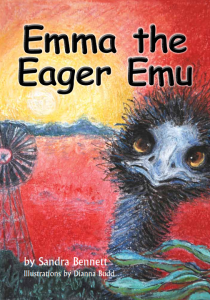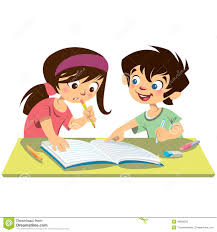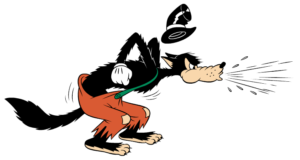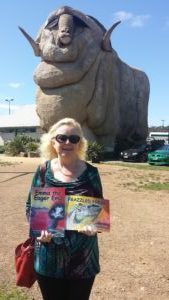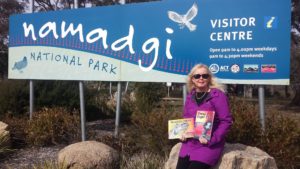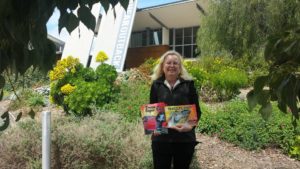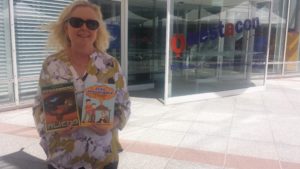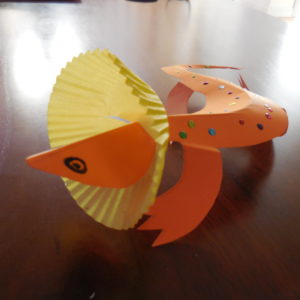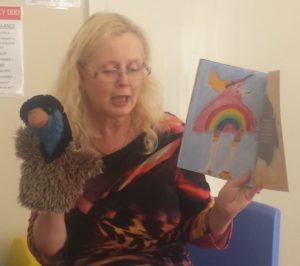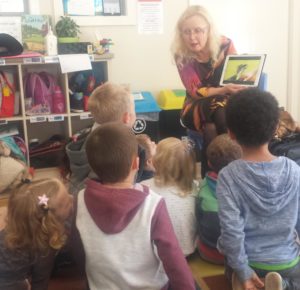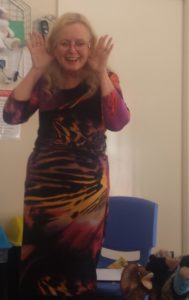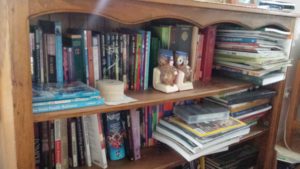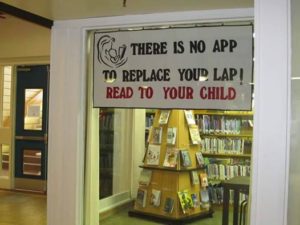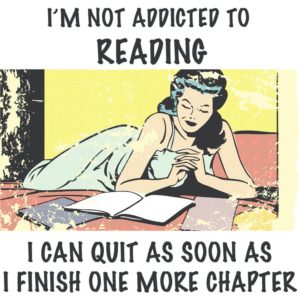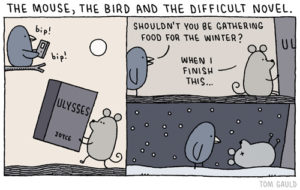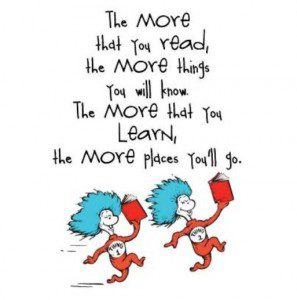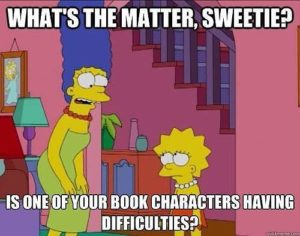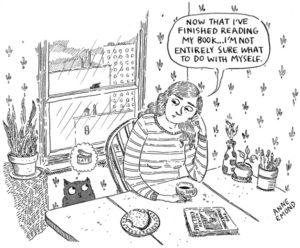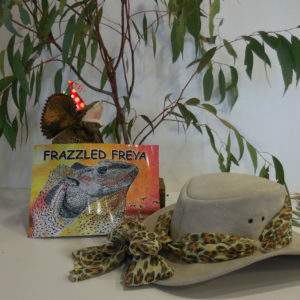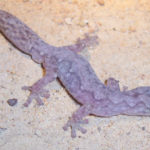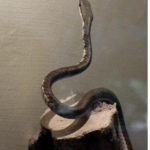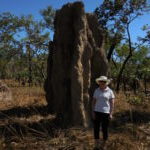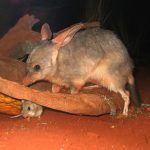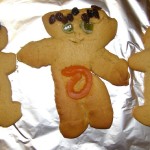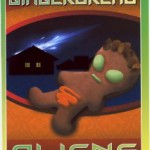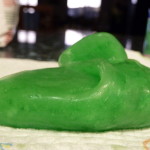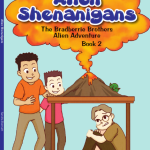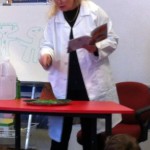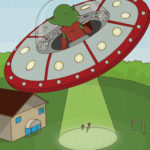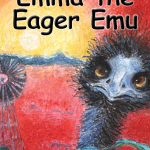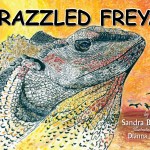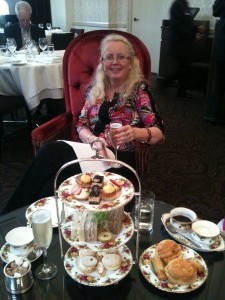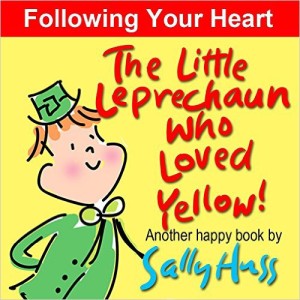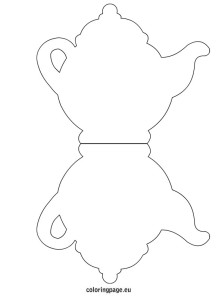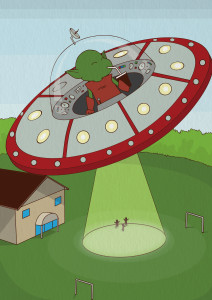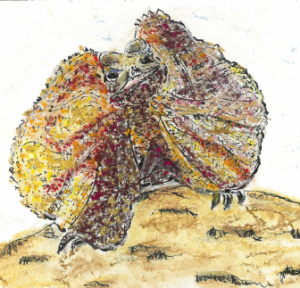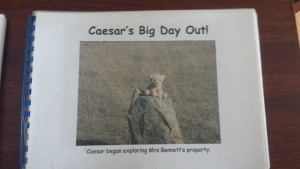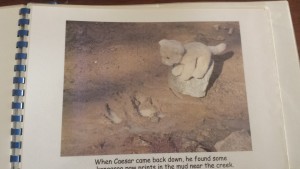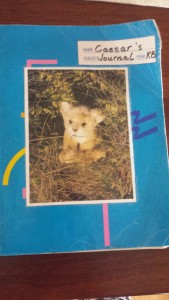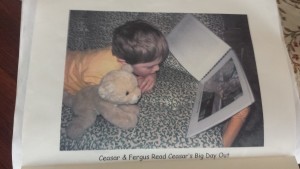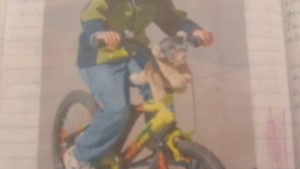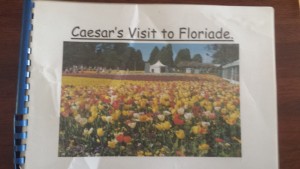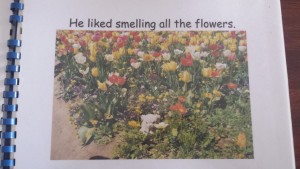As we approach Australia Day, a day where we celebrate all things fabulous about being Australian. It is also a time to reflect on our beginnings. Where have we all come from? Over the years we have grown into a melting pot of so many wonderful cultures from across the globe that we truly are a multicultural society. I remember back in my university days some 30 odd years ago how the importance of multiculturalism in the classroom was emphasised. Since that time, we have only grown more diverse than ever, making it even more important to celebrate our differences and our similarities.
Over my years as a teacher, I was fortunate to be able to teach in several schools with great diversity. My first being an International school in 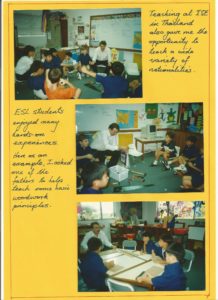 Thailand, the second, a Primary school here in Canberra. As an ESL/LOTE teacher I have been fortunate to work with some absolutely fantastic kids from all corners of the world and been involved in the planning and preparation of several Multicultural or Harmony Days at school.
Thailand, the second, a Primary school here in Canberra. As an ESL/LOTE teacher I have been fortunate to work with some absolutely fantastic kids from all corners of the world and been involved in the planning and preparation of several Multicultural or Harmony Days at school.
When the classroom is filled with a diverse range of students it is exciting to bring in their backgrounds as part of their education. One of the things you can do to begin a classroom discussion is to start with a take-home survey.
For example: As we live in Canberra I titled this - My Canberra Survey. 1. Name 2. Age group (circle) 18-25 26-40 41-55 56+ (Note: This survey is for an adult to complete, you can alter to include the kids in the class) 3. Where were you born? Country City 4. What year did you move to Canberra? 5. Why did you and your family move to Canberra? 6. What do you like about living in Canberra? 7. What do you think makes Canberra unique and why? 8. What do you think is special about living in Canberra?
Once the class has collected the information you can - 1. Set up a class graph to see where in the world they have all come from. 2. Graph how long each family has lived here? 3. List all the reasons people like living here. 4. Compare/contrast similarities and differences.
This leads into organising a Multicultural Day.
1. Invite parents into the classroom to read stories from their country of origin.
2. T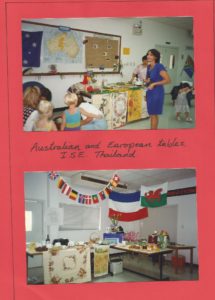 alk about their favourite places and memories of their birth country.
3. Share information on bulletin boards/project sheets about each country. Maps, climate, population, national dress, customs etc
4. Dress up in National costume.
5. Have a Multicultural Feast!
alk about their favourite places and memories of their birth country.
3. Share information on bulletin boards/project sheets about each country. Maps, climate, population, national dress, customs etc
4. Dress up in National costume.
5. Have a Multicultural Feast!
6. If you would rather spread the classroom diversity throughout the year rather than one special day, I suggest cooking a dish from each country once a week. If this is too difficult, ask a parent to supply a traditional dish to share with the class once a week instead.
I remember my first Multicultural Day Feast in Thailand. It was a magnificent day full of so many special exp eriences, laughs and wonder. I did learn one important thing about living in Thailand though. I tried to make lamingtons for the Australian tables food selection. They were not so successful. I discovered it was almost impossible to buy desiccated coconut in Pattaya and bought shredded coconut instead. My lamingtons tasted great, but did not look quite as good as I had hoped. Turns out shredded coconut soakes up chocolate. Who would have thought?
eriences, laughs and wonder. I did learn one important thing about living in Thailand though. I tried to make lamingtons for the Australian tables food selection. They were not so successful. I discovered it was almost impossible to buy desiccated coconut in Pattaya and bought shredded coconut instead. My lamingtons tasted great, but did not look quite as good as I had hoped. Turns out shredded coconut soakes up chocolate. Who would have thought?
A few years later I had the chance to redeem myself while teaching back home in Canberra. As the  ESL/LOTE teacher I was teaching Indonesian at the time so wore my Indonesian traditional dress and cooked a wok full of Nasi Goreng, much more successful. Lesson learnt, stick to savoury dishes!
ESL/LOTE teacher I was teaching Indonesian at the time so wore my Indonesian traditional dress and cooked a wok full of Nasi Goreng, much more successful. Lesson learnt, stick to savoury dishes!
Now if I were still teaching I have the perfect Australian picture book to bring to the table. Emma the Eager Emu is a different kind of bird to all the other birds at flying school. At first she doesn't like the fact that she is different, but with the help of her friends, Emma learns to embrace those special qualities that make her stand out from the rest. It is a wonderful book to help teach children the importance of their similarities and the uniqueness of their differences. A classroom discussion can follow the reading including the diversity in birds as well as humans and ways in which we can celebrate those special different qualities in us all. Children can then make their own books titled "I am different, I am the same."
How are you planning on celebrating your cultural diversity in your classroom? Leave a comment below. I'd love to know.

